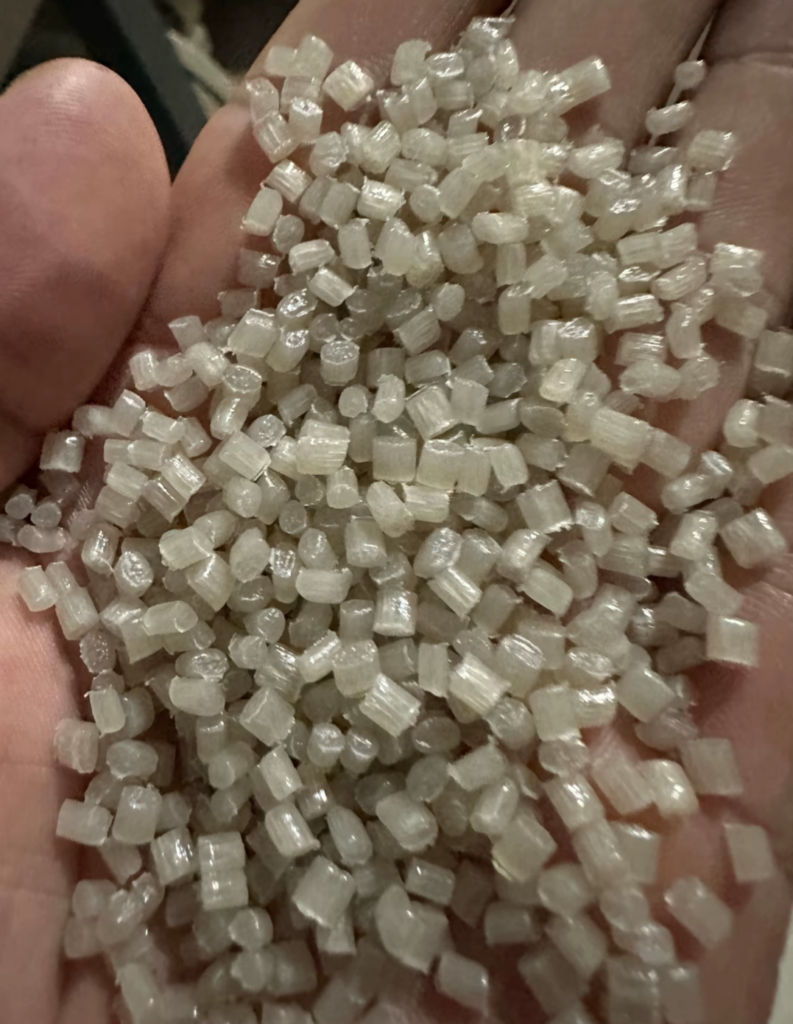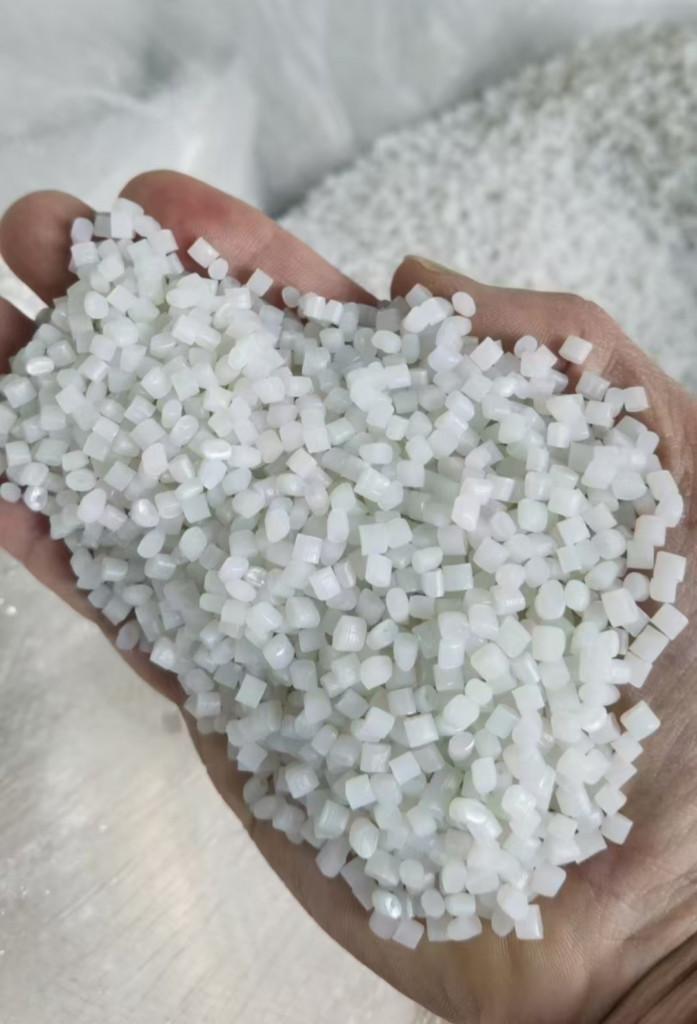Scientific Analysis: Acetone’s “Fatal Encounter” with Plastics
Acetone (C₃H₆O) is a highly polar organic solvent, readily soluble in liquids such as water and ethanol. It is often used as a key ingredient in nail polish remover, adhesives, and industrial cleaning agents.7 This solubility property makes it a potent nemesis for many plastics:
Destruction Principle: Acetone molecules can penetrate the gaps between plastic polymer chains, weakening the intermolecular forces, causing the plastic to swell, soften, and ultimately dissolve.
High-risk plastics: Polystyrene (PS), polycarbonate (PC), and ABS plastics are most susceptible to damage. For example, polycarbonate cups may release toxic small molecules after contact with acetone.2
Resistant Plastics: Non-polar plastics such as polyethylene (PE) and polypropylene (PP) are relatively safe.5

Real Case Study: Cross-Border Trade Risks Induced by Acetone
Case 1: Plastic Cup Safety Incident
In early 2025, China’s Hunan Entry-Exit Inspection and Quarantine Bureau found a batch of polycarbonate (PC) cups imported from Israel to be substandard, with potassium permanganate consumption exceeding the permitted level by nearly three times. Experts point out that acetone-containing liquids (such as nail polish remover) may release toxic substances.
Amazon’s New Regulations: Warning
In April 2025, Amazon updated its FBA policy, requiring the rejection of “meltable products,” including wax-based cosmetics and plastic decorations, from April 15th to October 15th of each year. While this policy primarily targets high-temperature environments, chemical solvent sensitivity is also factored into risk management considerations.
III. Cross-Border Seller Response Guide: How to Avoid the “Meltdown Crisis”?
1. Product Packaging and Labeling
Avoid using acetone-containing materials: For acetone-containing products, such as cosmetics and glue, use HDPE (high-density polyethylene) or PP containers.
Apply clear warning labels: For example, “Avoid contact with plastic surfaces” or “For glass/metal containers only.”
2. Transportation and Warehousing Management
Separate Storage: Store acetone-containing products in separate warehouses from plastic products to prevent leakage and contamination.
Compliance Declaration: Declare “chemical solvents” during transportation and ensure that the packaging seals meet UN standards.
3. Supplier and Quality Inspection Upgrade
Request Solvent Resistance Reports: Require suppliers to provide acetone resistance test data for plastic components (e.g., ASTM D543 standard).
Simple self-test method: Apply a small amount of acetone to a hidden area of the plastic using a cotton swab and observe for whitening and softening (clean after testing).
4. Leverage Platform Tools to Expand a Compliant Supply Chain
We recommend using Plastmatch (Plastmatch), a cross-border plastics industry platform:
Global database of over 2 million companies: One-click screening of chemical-resistant material suppliers.

Over 100 business leads daily: Connect with buyers requiring acetone-resistant packaging (e.g., cosmetics and industrial adhesive brands).
With increasing environmental protection requirements, demand for high-molecular-weight hot-melt polyester resins (highly resistant to heat and solvents) is surging, with the global market size expected to exceed 118 billion yuan in 2025. Cross-border sellers are advised to focus on two types of opportunities:
Alternative materials: For example, the high-temperature-resistant polyester developed by Kuaisu.com in collaboration with Thailand’s IRPC (suitable for hot melt adhesives and automotive parts);
Regional supply: Southeast Asia has become a hub for acetone and plastic production (for example, Thailand’s PTT Phenol Company produces 155,000 tons of acetone annually), which can reduce procurement costs.
A drop of acetone on a plastic ruler: in less than 10 seconds, white spots appear on the surface, and the edges begin to curl and melt. This simple experiment reminds us that chemical compatibility is no small matter.
For cross-border sellers, understanding the chemical reaction between acetone and plastic is not only key to avoiding customer returns, but also the key to unlocking high-value-added markets. While your competitors are struggling with dissolving packaging, you’ve already secured orders from high-end cosmetics brands with a solvent resistance report.
